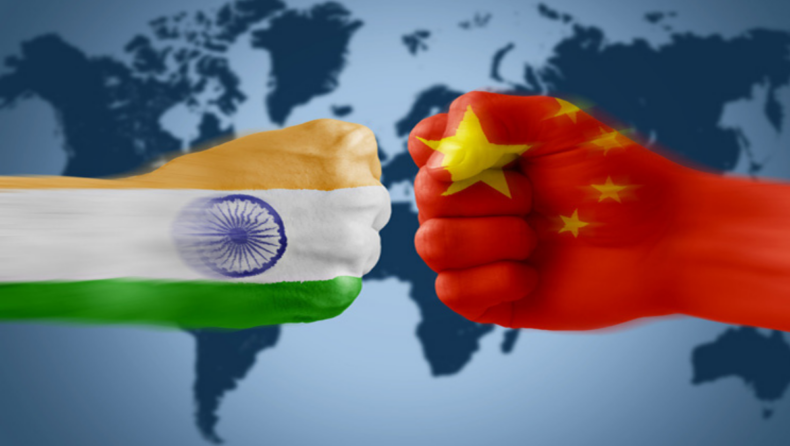The Technology rivalry between India and China.
Since the China Wuhan Virus broke out in December 2019, the world has been witnessing a dynamic and fluid environment.
The power struggle between the US and China has been well documented, and more recently, Russia’s position on Ukraine and its relationships with its immediate neighbor China, as well as India’s neighbor Pakistan, has been well documented.
Closer to home, the Chinese incursions were halted by a robust response from the Indian Defence Forces, particularly the Indian Army, which not only negated but also retaliated strongly along the real control line, notably Galwan.
The occupation of the Kailash Range put the PLA at a significant disadvantage, exposing Moldo Garrison to direct line of sight, exposing the PLA’s weaknesses.
If one sits back and believes that this provides India an advantage, one must consider that this will differ in areas of eye-to-eye contact.
Along the Line of Actual Control, the Chinese are busily implementing 5G technology. India is still working on deploying 5G technology and only has one test facility, which is located at IIT Chennai.
For India’s consideration, several tenets that must be visited are given below.

Commerce
Since the PLA’s invasions began, India has taken some cosmetic measures, such as prohibiting Chinese mobile applications, but Indian manufacturing is heavily reliant on raw commodities.
Chinese enterprises have been delaying the supply chain and changing the terms and conditions of the supply with enforced delays and a 100% upfront cash expense.
Cyber Warfare/Security
In terms of offensive and defensive capacity to wreak havoc, China has a three-decade advantage over India. According to US officials, the power outage in Mumbai was caused by a cyber-attack from China, despite the fact that the country’s own CERT organization dismissed it as a natural disaster.
Due to a technical failure, the Jawaharlal Nehru Port Container Terminal (JNPCT) is not receiving vessels alongside this morning.
The state-owned port authority’s container terminal at Jawaharlal Nehru Port has been crippled since Monday, forcing the Jawaharlal Nehru Container Terminal (JNPCT) to divert one container ship to other terminals at the port near Mumbai due to a suspected cyber-attack on the management information system (MIS).
Artificial Intelligence and Machine Learning
The buzzwords Artificial Intelligence and Machine Learning are frequently heard at military leaders’ seminars and talks, but there is still a long way to go, as technology adaptation has been delayed due to the Indian Army’s focus on counter-insurgency and counter-terrorism operations since October 1987.
Swarm Drone Capabilities
New-Space Research & Technologies specializes in swarm drone systems and is working on an ambitious project with Hindustan Aeronautics Limited (HAL) to develop a cutting-edge pseudo satellite for surveillance and communications.
The company has won at least two contracts from the defense ministry in the last year.
The Army had made a Rs. 200 crore deal with the business in September of last year for a swarm drone system capable of surveillance and assault tasks.
The system must be provided by the manufacturer within a year after being processed through the emergency procurement method.
To summarize, it is never too late; all that is required is a well-thought-out strategy and proper target and expectation setting.
The biggest challenges are the political and bureaucracy with endless tripwires of red tapeism, budget allocation and announcements for supporting indigenous development get lost due to a lack of domain knowledge, lack of decision making, followed by re-appropriation of the budgets to meet political expediency are the root cause of being forever static, best described by Newton’s first law of motion, which states that an object in motion will remain in motion.
Similarly, if an item is at rest, it will remain at rest unless it is subjected to an imbalanced force. The Law of Inertia is another name for Newton’s First Law of Motion.
Edited By : Mahi Gupta
Published By: K. Bindhiya Prarthana













